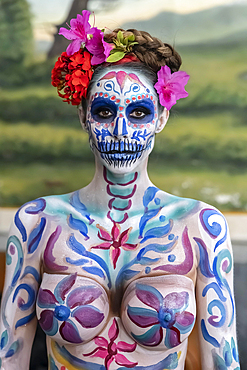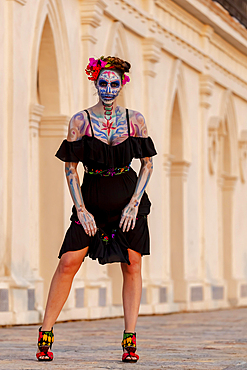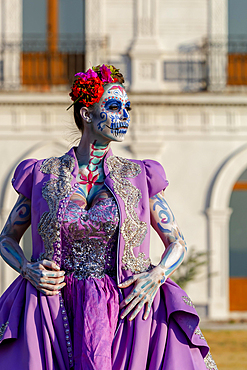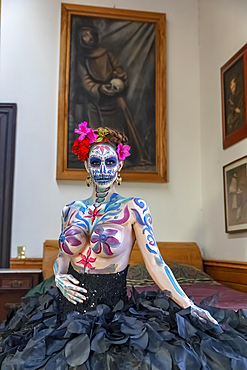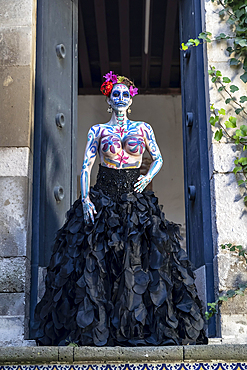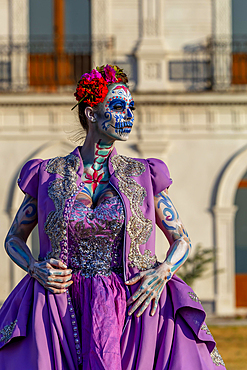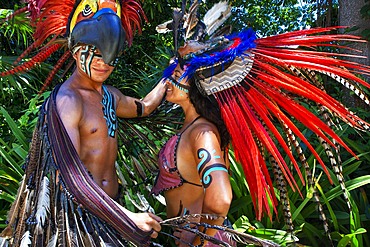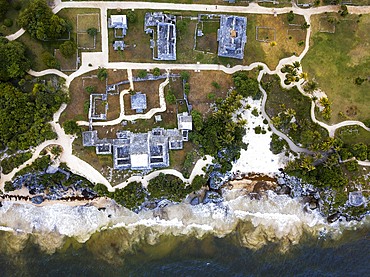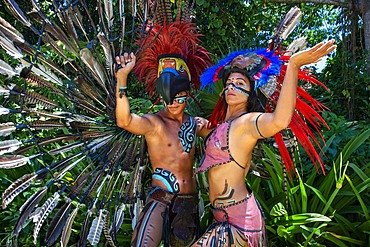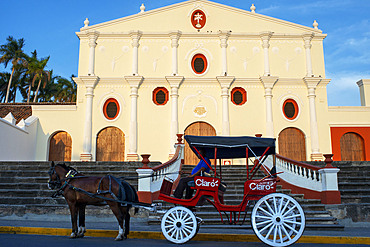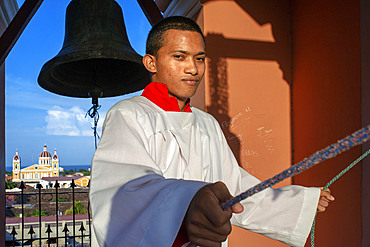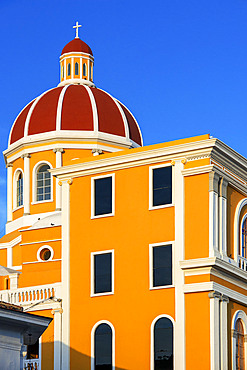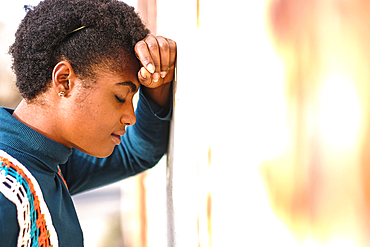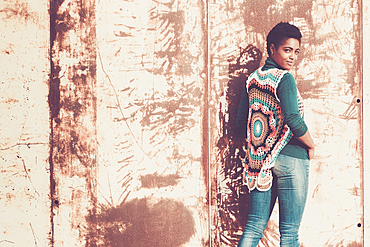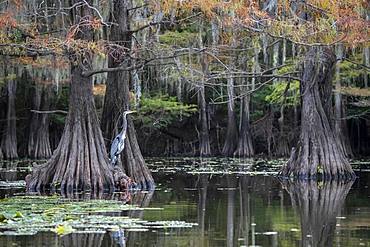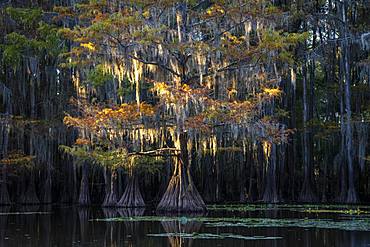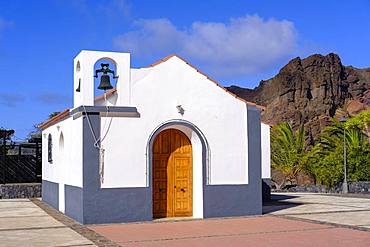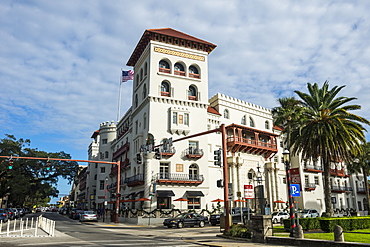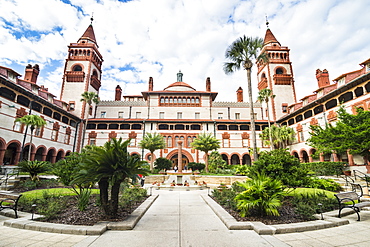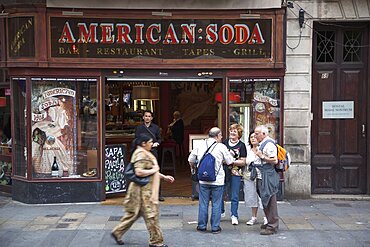Recent searches
Loading...
832-403619 - Close up african girl covering her face
832-403834 - Smiling young woman covered her face with holi color looking camera
832-402426 - A gorgeous latin model enjoys a day at a local spa in Mexico
832-402086 - Food and decoration for 15th birthday, traditional Latin American and Spanish party
832-402085 - Food and decoration for 15th birthday, traditional Latin American and Spanish party
832-401866 - Road on Mallorca looks like somewhere in Arizona
832-401570 - A gorgeous Hispanic Brunette model poses with traditional skull sugar makeup paint for a Mexican festival
832-401571 - A gorgeous Hispanic Brunette model poses with traditional skull sugar makeup paint for a Mexican festival
832-401569 - A gorgeous Hispanic Brunette model poses with traditional skull sugar makeup paint for a Mexican festival
832-401568 - A gorgeous Hispanic Brunette model poses with traditional skull sugar makeup paint for a Mexican festival
832-401565 - A gorgeous Hispanic Brunette model poses with traditional skull sugar makeup paint for a Mexican festival
832-401561 - A gorgeous Hispanic Brunette model poses with traditional skull sugar makeup paint for a Mexican festival
832-401560 - A gorgeous Hispanic Brunette model poses with traditional skull sugar makeup paint for a Mexican festival
832-401559 - A gorgeous Hispanic Brunette model poses with traditional skull sugar makeup paint for a Mexican festival
832-401558 - A gorgeous Hispanic Brunette model poses with traditional skull sugar makeup paint for a Mexican festival
832-401551 - A handsome Mexican Charro poses in front of a hacienda in the Mexican countryside
832-400261 - Happy doctor showing cell phone screen to camera. Smiling doctor showing cell phone screen pointing finger isolated
832-400277 - Strong latin boxing woman jump kick to huge punching bag at fitness gym. Athletic girl training Muay Thai boxing for bodybuilding and healthy lifestyle concept. Workout in sport club
832-400275 - Strong latin boxing woman jump kick to huge punching bag at fitness gym. Athletic girl training Muay Thai boxing for bodybuilding and healthy lifestyle concept. Workout in sport club
832-400276 - Strong latin boxing woman on the ring at fitness gym. Athletic girl training Muay Thai boxing for bodybuilding and healthy lifestyle concept. Workout in sport club
1350-6608 - Mexican aztec dress gods at Grand Palladium White Sand Resort and Spa in Riviera Maya, Yucatan Peninsula, Quintana Roo, Caribbean Coast, Mexico.
Aztec clothing was generally loose fitting and did not completely cover the body. When the Spanish arrived in Mexico, the people were surprised to see them in their full armour, with only their faces exposed.
Aztec clothes were generally made of cotton (which was imported) or ayate fiber, made from the Maguey Cactus (also called the Century Plant or American Aloe). Women would weave the fibers into clothing, a task girls were taught as young teenagers. Because of their vast trading network, the Aztecs were able to make use of a beautiful array of dyes, creating the brilliant
1350-6597 - Aerial views of El Castillo and the Ruins of the Mayan temple grounds at Tulum, Quintana Roo, Yucatan, Mexico. Tulum is the site of a pre-Columbian Mayan walled city which served as a major port for Coba, in the Mexican state of Quintana Roo. The ruins are situated on 12 meter 39 ft tall cliffs along the east coast of the Yucatán Peninsula on the Caribbean Sea in the state of Quintana Roo, Mexico. Tulum was one of the last cities built and inhabited by the Maya; it was at its height between the 13th and 15th centuries and managed to survive about 70 years after the Spanish began occupying Mexico. Old World diseases brought by the Spanish settlers appear to have resulted in very high fatalities, disrupting the society, and eventually causing the city to be abandoned.
1350-6599 - Aerial views of El Castillo and the Ruins of the Mayan temple grounds at Tulum, Quintana Roo, Yucatan, Mexico. Tulum is the site of a pre-Columbian Mayan walled city which served as a major port for Coba, in the Mexican state of Quintana Roo. The ruins are situated on 12 meter 39 ft tall cliffs along the east coast of the Yucatán Peninsula on the Caribbean Sea in the state of Quintana Roo, Mexico. Tulum was one of the last cities built and inhabited by the Maya; it was at its height between the 13th and 15th centuries and managed to survive about 70 years after the Spanish began occupying Mexico. Old World diseases brought by the Spanish settlers appear to have resulted in very high fatalities, disrupting the society, and eventually causing the city to be abandoned.
1350-6595 - Mexican aztec dress gods at Grand Palladium White Sand Resort and Spa in Riviera Maya, Yucatan Peninsula, Quintana Roo, Caribbean Coast, Mexico.
Aztec clothing was generally loose fitting and did not completely cover the body. When the Spanish arrived in Mexico, the people were surprised to see them in their full armour, with only their faces exposed.
Aztec clothes were generally made of cotton (which was imported) or ayate fiber, made from the Maguey Cactus (also called the Century Plant or American Aloe). Women would weave the fibers into clothing, a task girls were taught as young teenagers. Because of their vast trading network, the Aztecs were able to make use of a beautiful array of dyes, creating the brilliant
1350-6607 - Horse drawn carriages next to La Merced church in the Spanish colonial city of Granada Nicaragua Central America
1350-6598 - Altar boy ringing the bells in the Iglesia la Merced of Granada in Nicaragua Central America. Back cathedral of Granada Nicaragua
1350-6593 - A view of the bright yellow and very colorful Cathedral of Granada in Nicaragua Central America
1178-40578 - Pensive African American woman leaning on wall
1178-40575 - African American woman jumping for joy in crosswalk
1178-40567 - Smiling African American woman sitting on hood of car
1178-40571 - Laughing African American woman with head in hands
1178-40574 - African American woman sitting on ground using digital tablet
1178-40573 - African American woman walking on urban sidewalk
1178-40577 - African American woman smiling near blue wall
1178-40572 - Smiling African American woman leaning on car window
1178-40569 - Legs of African American woman sitting on railing
1178-40570 - Smiling African American woman holding cell phone
1178-40576 - Smiling African American woman peering over blue wall
1178-40580 - Smiling African American woman standing near rusty metal wall
1113-106727 - View of Horns of Paine mountains and Lake Pehoe, Torres del Paine National Park, Chile, South America
1113-106722 - Kayaker paddling near icebergs, Torres del Paine National Park, Chile, South America
1113-106726 - View of Horns of Paine mountains and Lake Pehoe, Torres del Paine National Park, Chile, South America
1113-106732 - A group of guanacos (Lama guanicoe) walking,Torres del Paine National Park, Chile, South America
1113-106724 - A group of guanacos (Lama guanicoe) walking,Torres del Paine National Park, Chile, South America
1113-106721 - Kayaker paddling near icebergs, Torres del Paine National Park, Chile, South America
1350-3814 - Workers in Filadelfia coffee estate, R. Dalton Coffee Company, Antigua, Guatemala
1350-3813 - Waiter with the breakfast in Filadelfia coffee estate, R. Dalton Coffee Company, Antigua, Guatemala.
832-386712 - Bald cypress (Taxodium distichum) with Spanish moss (Tillandsia usneoides) in water, Atchafalaya Basin, Louisiana, USA, North America
832-386711 - Bald cypress (Taxodium distichum) with Spanish moss (Tillandsia usneoides) in autumn, fog at the lake, Atchafalaya Basin, Louisiana, USA, North America
832-386694 - Grey heron (Ardea cinerea) on Bald cypresses (Taxodium distichum) in autumn with Spanish moss (Tillandsia usneoides), Atchafalaya Basin, Louisiana, USA, North America
832-386683 - Bald cypresses (Taxodium distichum) with Spanish moss (Tillandsia usneoides) in autumn, Atchafalaya Basin, Louisiana, USA, North America
832-386709 - Bald cypresses (Taxodium distichum) with Spanish moss (Tillandsia usneoides) in autumn ,Atchafalaya Basin, Louisiana, USA, North America
832-386684 - Bald cypresses (Taxodium distichum) with Spanish moss (Tillandsia usneoides) in autumn, Atchafalaya Basin, Louisiana, USA, North America
832-386690 - Bald cypresses (Taxodium distichum) in autumn with Spanish moss (Tillandsia usneoides), fog over the water, Atchafalaya Basin, Louisiana, USA, North America
832-386692 - Bald cypresses (Taxodium distichum) in autumn with Spanish moss (Tillandsia usneoides), Atchafalaya Basin, Louisiana, USA, North America
832-386693 - Bald cypresses (Taxodium distichum) in autumn with Spanish moss (Tillandsia usneoides), Atchafalaya Basin, Louisiana, USA, North America
832-387354 - Church Ermita San Salvador in Taguluche, La Gomera, Canary Islands, Spain, Europe
832-386707 - Bald cypresses (Taxodium distichum) in autumn with Spanish moss (Tillandsia usneoides), Atchafalaya Basin, Louisiana, USA, North America
832-386710 - Bald cypresses (Taxodium distichum) with Spanish moss (Tillandsia usneoides) in autumn ,Atchafalaya Basin, Louisiana, USA, North America
1116-42048 - Spanish Tapas, Kirra Gold Coast, Queensland, Australia
1116-42047 - Spanish Tapas And Wine, Kirra Gold Coast, Queensland, Australia
1116-42049 - Pizza And Spanish Tapas, Kirra Gold Coast, Queensland, Australia
832-379190 - Evening at the main square Parque Central, old town of Granada, Nicaragua, Central America
1207-222 - Plaza de Espana, built for the Ibero-American Exposition of 1929, Seville, Andalucia, Spain, Europe
1207-224 - Plaza de Espana at dusk, built for the Ibero-American Exposition of 1929, Seville, Andalucia, Spain, Europe
1207-228 - Plaza de Espana at dusk, built for the Ibero-American Exposition of 1929, Seville, Andalucia, Spain, Europe
1207-225 - Plaza de Espana at night, built for the Ibero-American Exposition of 1929, Seville, Andalucia, Spain, Europe
1207-223 - Plaza de Espana, built for the Ibero-American Exposition of 1929, Seville, Andalucia, Spain, Europe
1207-226 - Plaza de Espana at night, built for the Ibero-American Exposition of 1929, Seville, Andalucia, Spain, Europe
1207-211 - Row boats for hire in Plaza de Espana, built for the Ibero-American Exposition of 1929, Seville, Andalucia, Spain, Europe
1207-212 - Plaza de Espana, built for the Ibero-American Exposition of 1929, Seville, Andalucia, Spain, Europe
796-2309 - Spanish moss covered tree and the Drayton Hall Georgian plantation house, Charleston, South Carolina, United States of America, North America
1184-380 - Lightner Museum and City Hall, St. Augustine, oldest continuously occupied European-established settlement, Florida, United States of America, North America
1184-381 - Flagler liberal arts college, St. Augustine, oldest continuously occupied European-established settlement, Florida, United States of America, North America
1161-8738 - Bald cypress trees deciduous conifer, Taxodium distichum, covered with Spanish Moss in Atchafalaya Swamp, Louisiana USA
801-1795 - San Francisco de Asis Mission Church, National Historic Landmark, established 1772, Ranchos de Taos, New Mexico, United States of America, North America
801-1787 - San Francisco de Asis Mission Church, National Historic Landmark, established 1772, Ranchos de Taos, New Mexico, United States of America, North America
801-1786 - San Francisco de Asis Mission Church, National Historic Landmark, established 1772, Ranchos de Taos, New Mexico, United States of America, North America
819-595 - Plaza de Espana, built for the Ibero-American Exposition of 1929, Seville, Andalucia, Spain, Europe
819-592 - Plaza de Espana, built for the Ibero-American Exposition of 1929, Seville, Andalucia, Spain, Europe
819-591 - Plaza de Espana, built for the Ibero-American Exposition of 1929, Seville, Andalucia, Spain, Europe
819-593 - Plaza de Espana, built for the Ibero-American Exposition of 1929, Seville, Andalucia, Spain, Europe
819-594 - Plaza de Espana, built for the Ibero-American Exposition of 1929, Seville, Andalucia, Spain, Europe
1178-2798 - Building facade and church bells, Mission San Diego de Alcala, San Diego, California, United States
1178-2149 - Meadow with church in background, Mission San Diego de Alcala, San Diego, California, United States
1178-2150 - Church bells, Mission San Diego de Alcala, San Diego, California, United States
1178-2151 - Entrance of church, Mission San Diego de Alcala, San Diego, California, United States
797-11882 - Spain, Catalonia, Barcelona, American Soda cafe on La Rambla.
832-377254 - The Alamo, spanish mission church in San Antonio, San Antonio, Texas, USA
832-377255 - The Alamo, spanish mission church in San Antonio
832-370196 - Fuente de Piedra Lagoon at sunset, Greater Flamingos (Phoenicopterus ruber), Málaga province, Andalusia, Spain, Europe
832-246637 - The fort of "Castillo de San Carlos Borromeo", Spanish military architecture, Pampatar, Margarita Island, Caribbean, Venezuela, South America
1161-6252 - Rioja wine in American oak barrels in cave at Bodegas Agricola Bastida in Rioja-Alaveda area of Basque country, Spain
832-216765 - Columns of Plaza de Espana, constructed for the Spanish-American Exhibition in 1929, Seville, Spain, Europe
832-216764 - Columns of Plaza de Espana, constructed for the Spanish-American Exhibition in 1929, Seville, Spain, Europe









